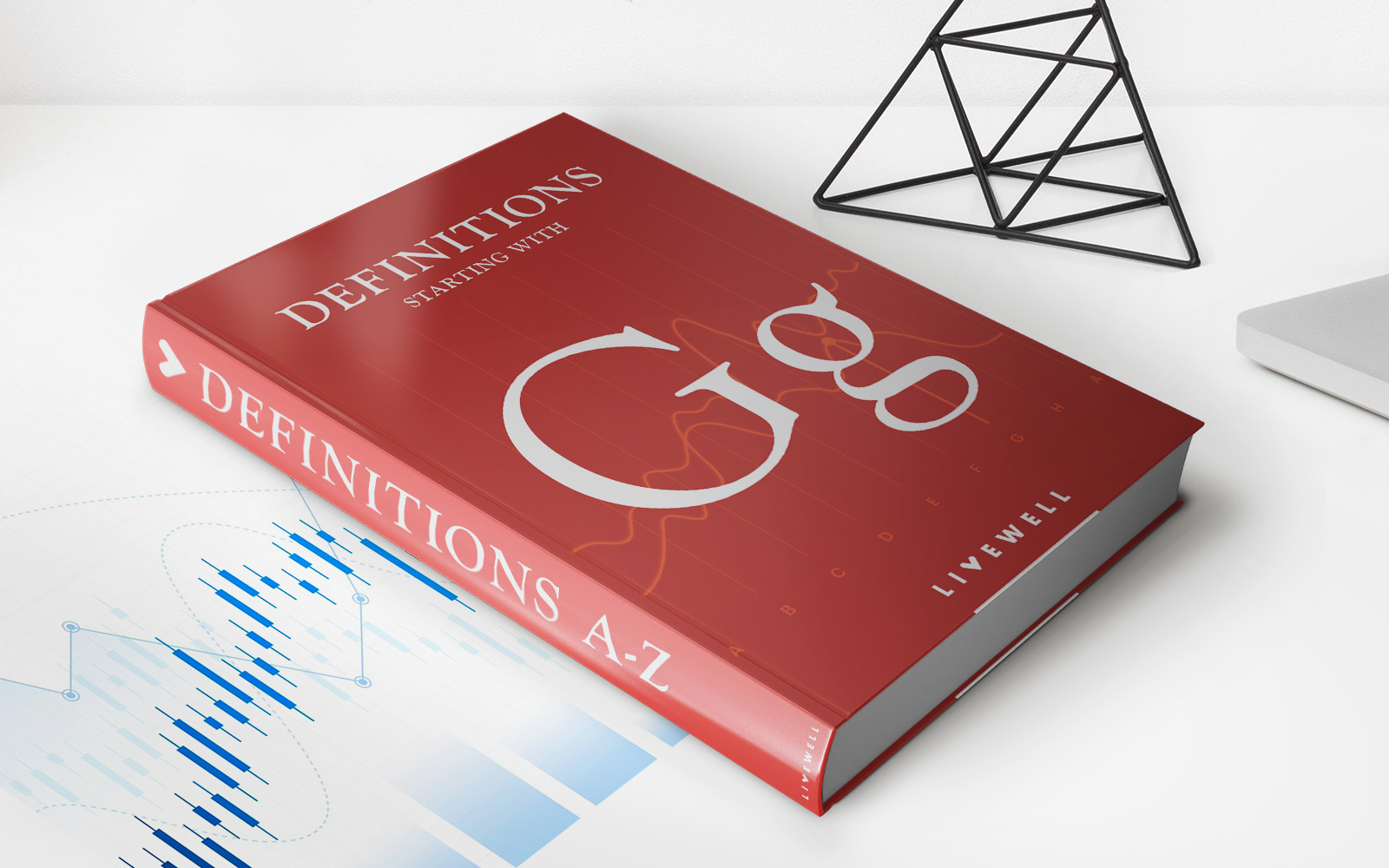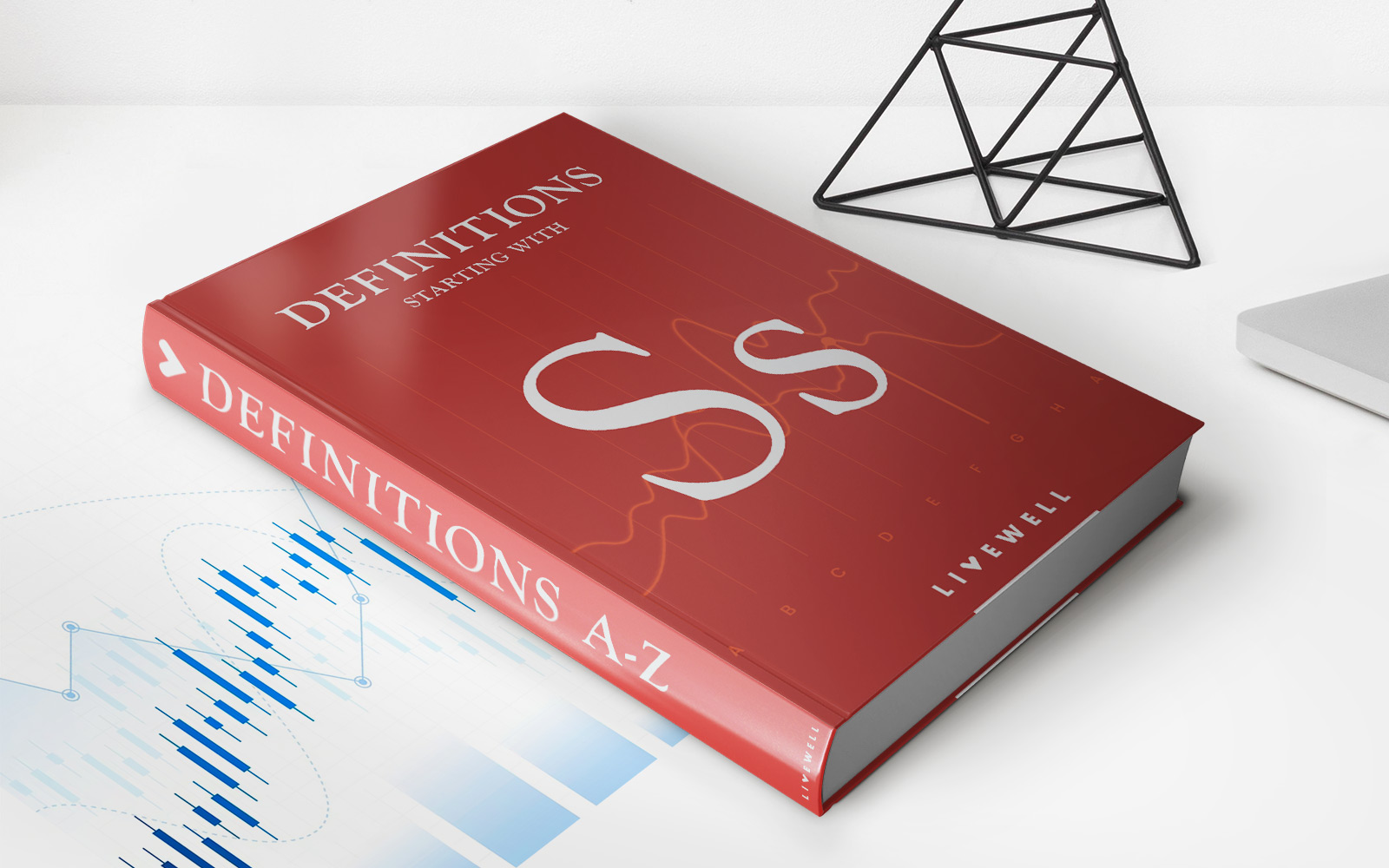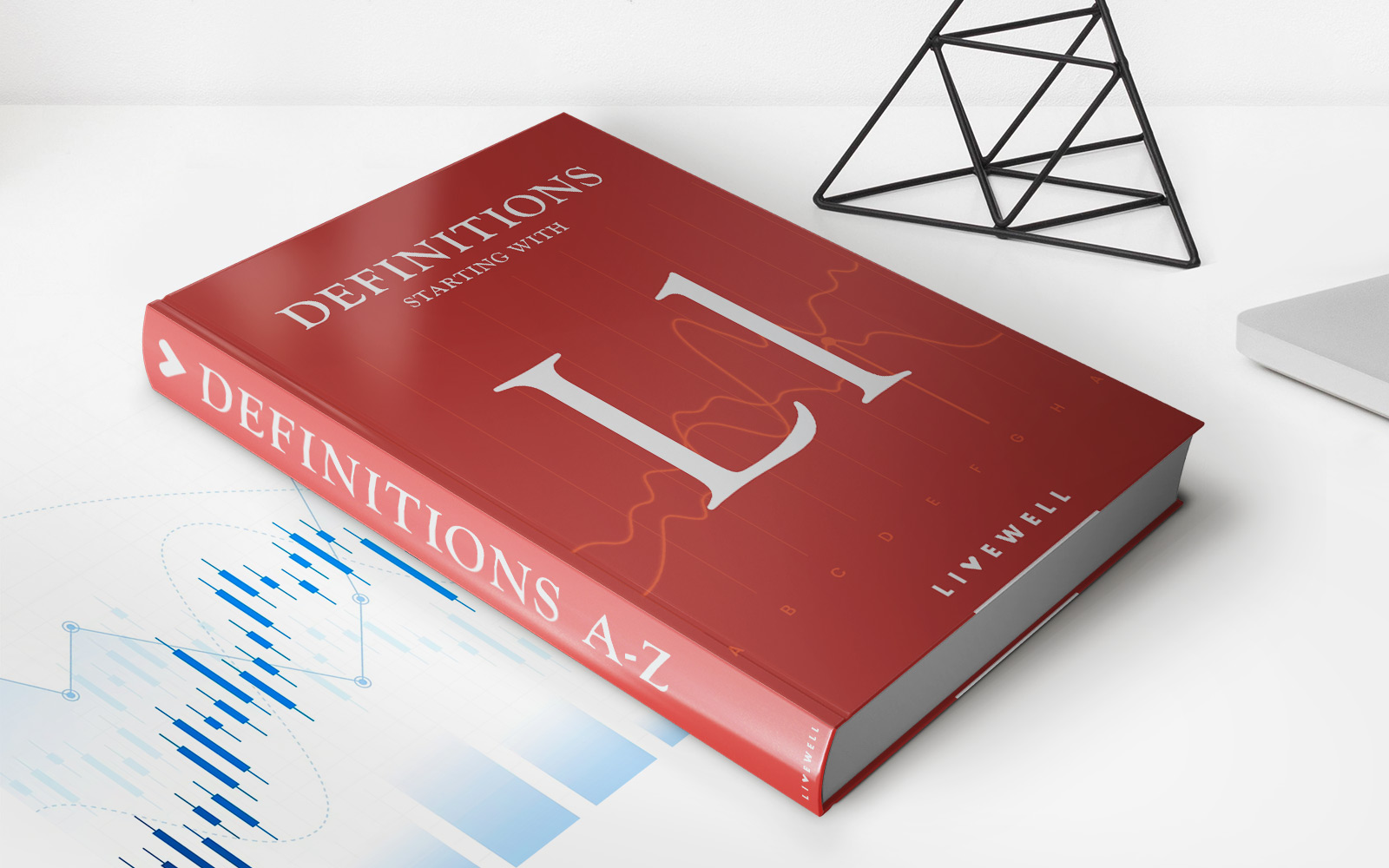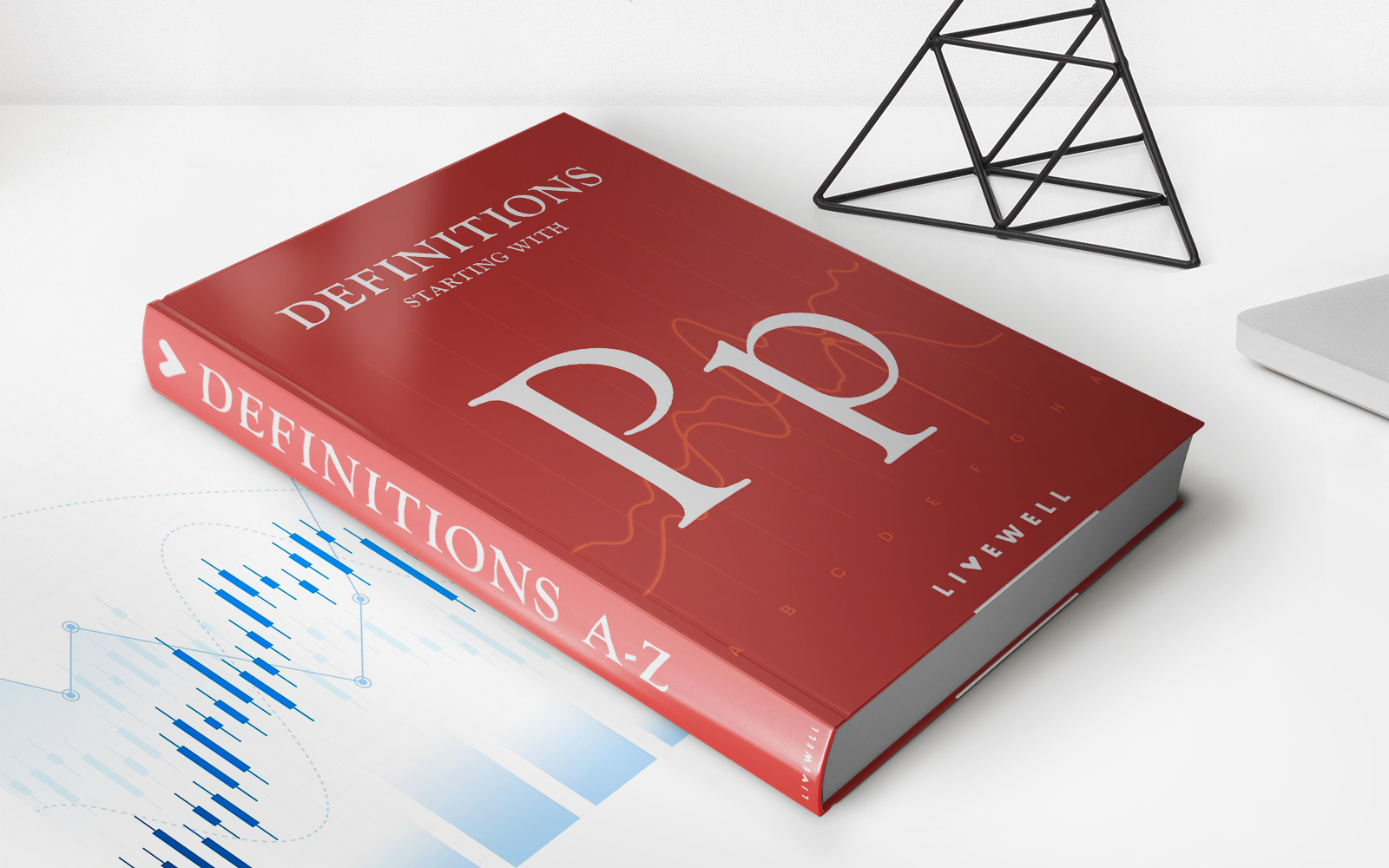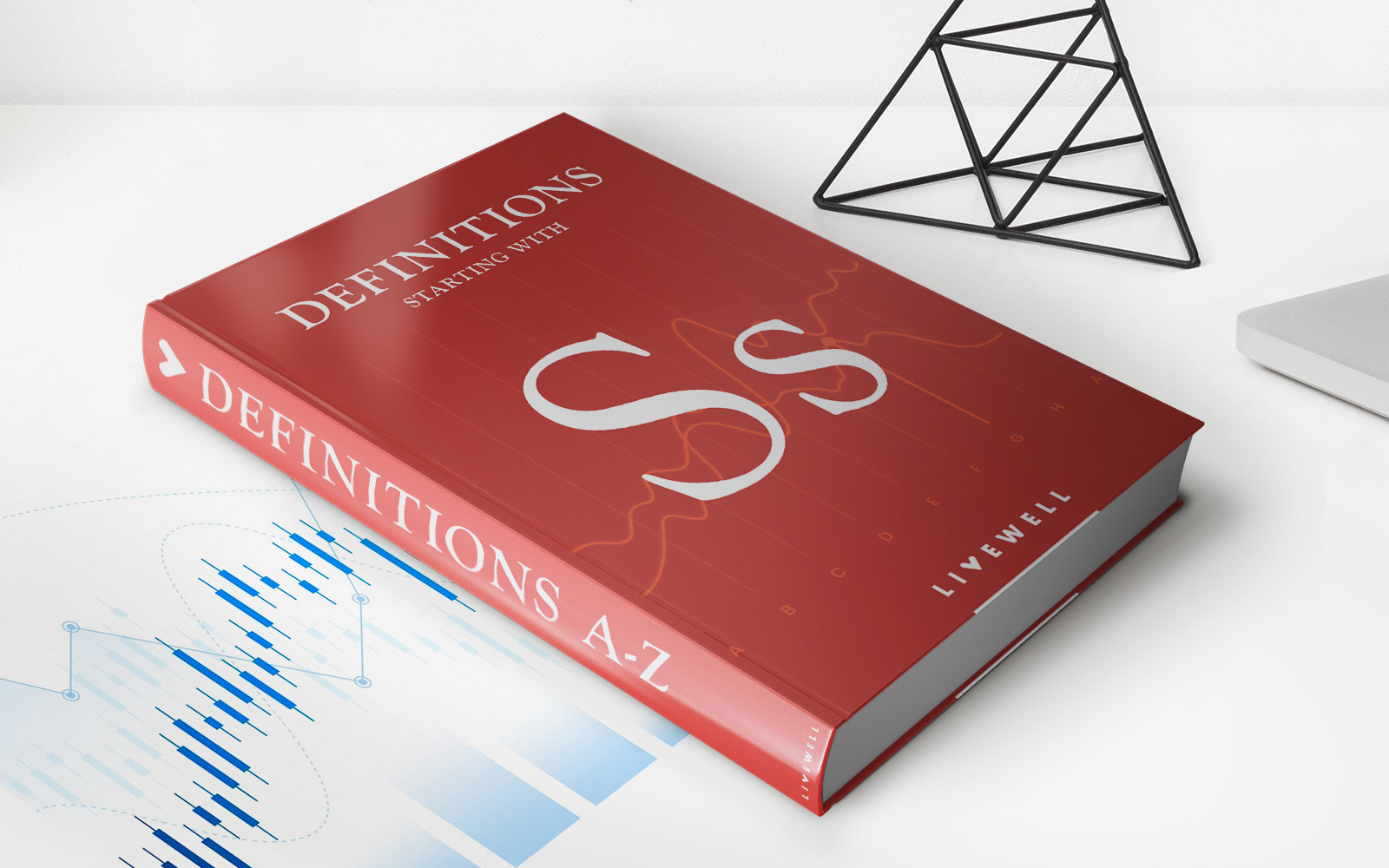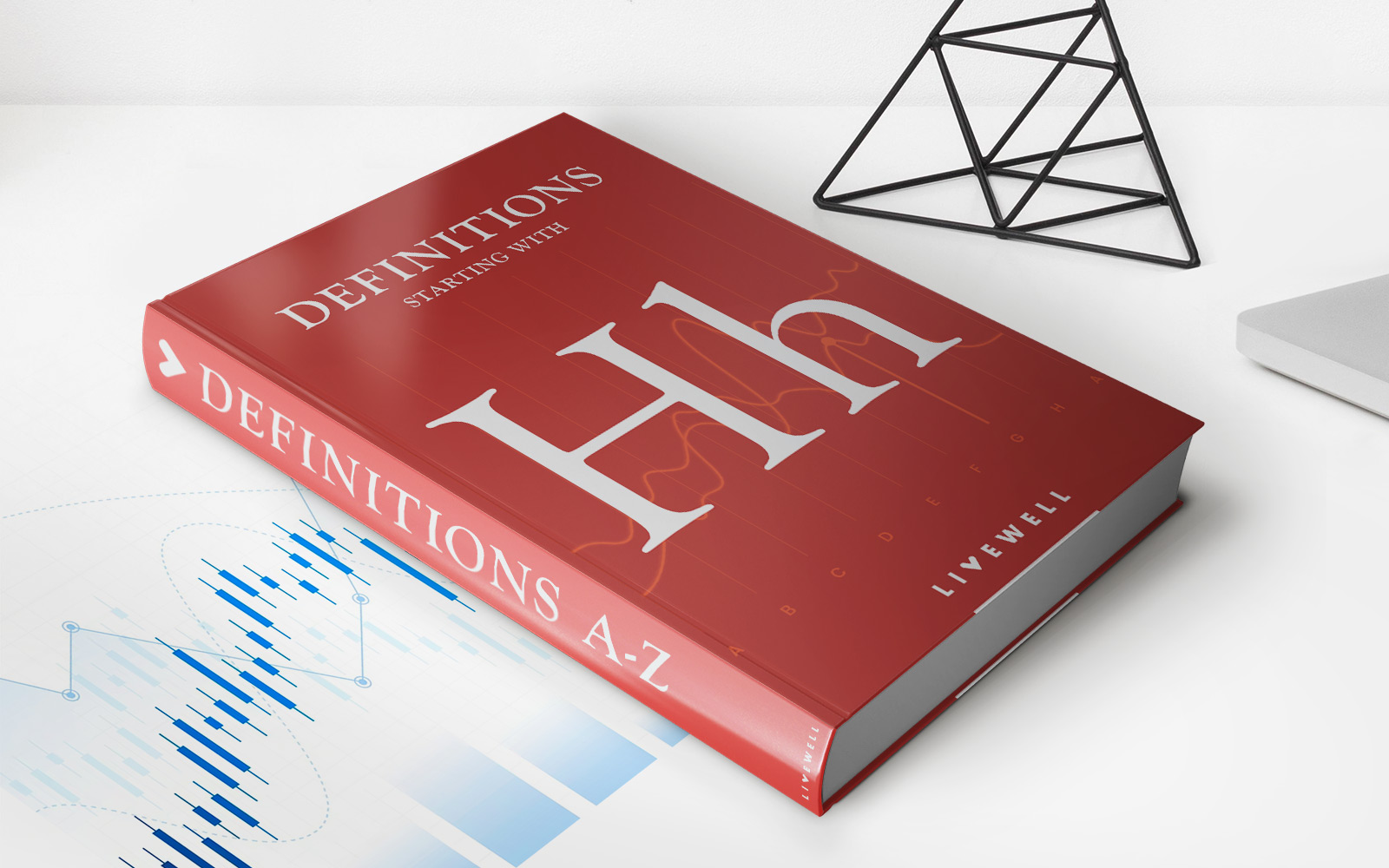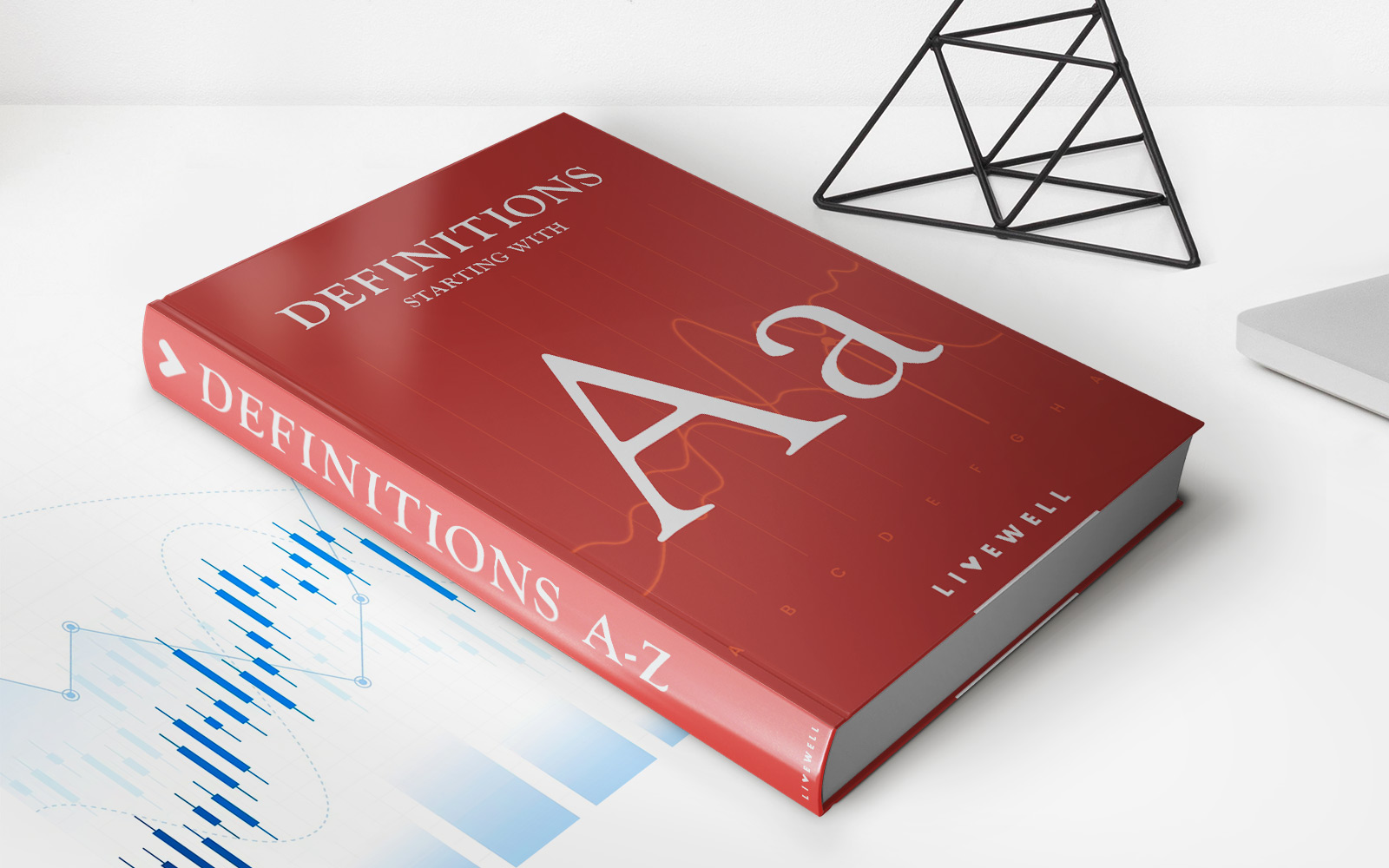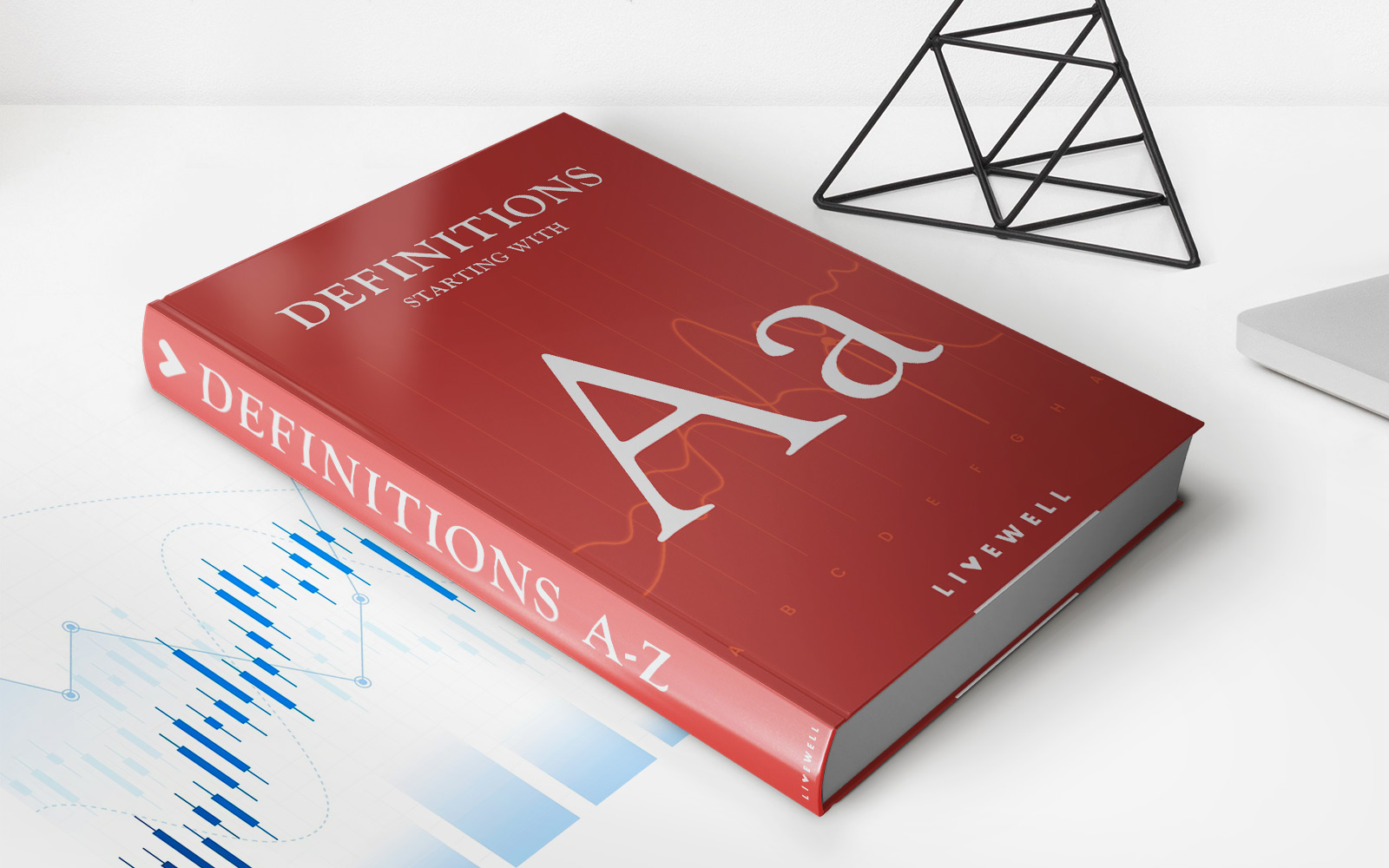Home>Finance>Saudi Riyal (SAR): Definition, History, Exchange Rate To Dollar
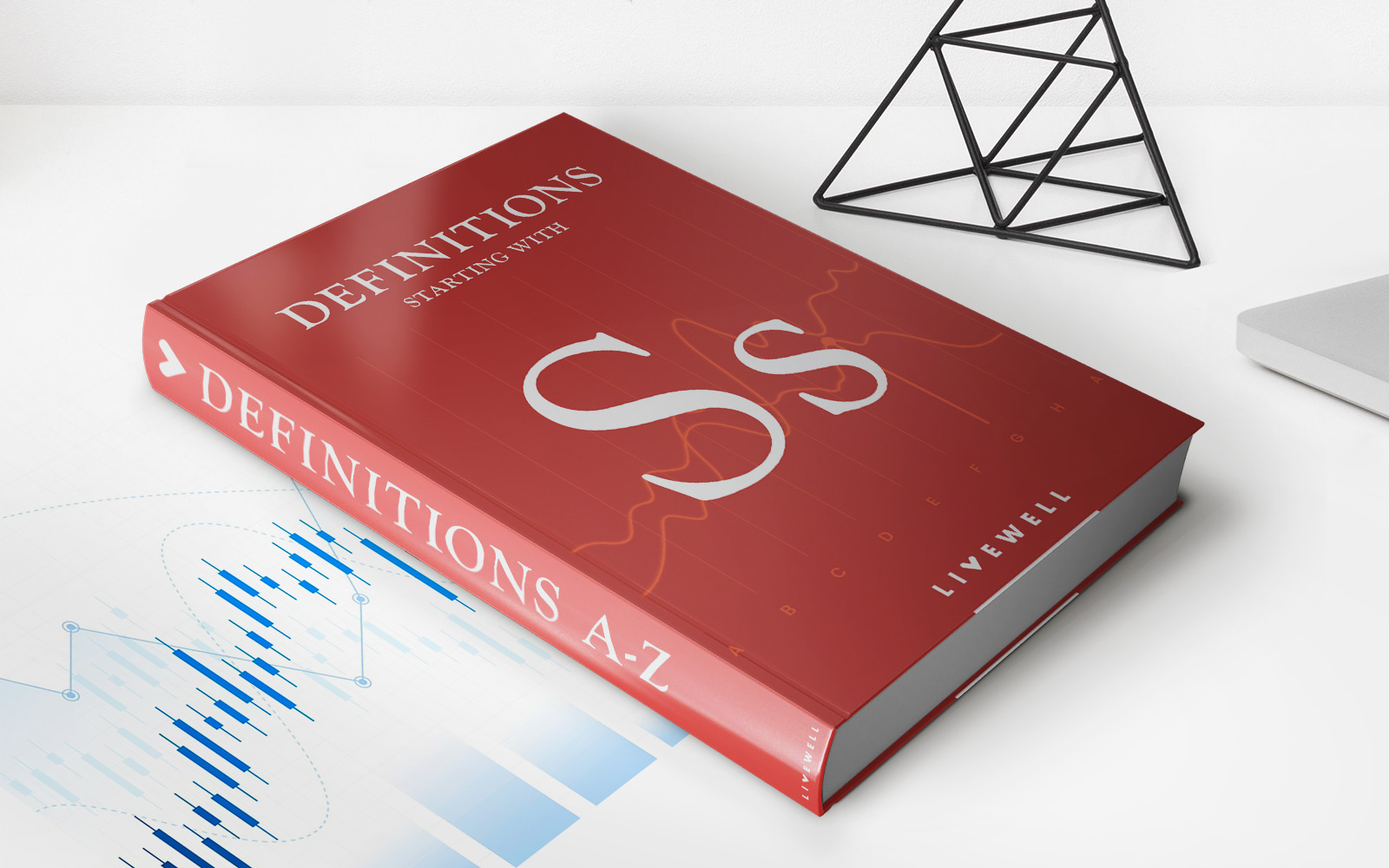

Finance
Saudi Riyal (SAR): Definition, History, Exchange Rate To Dollar
Published: January 23, 2024
Learn about the Saudi Riyal (SAR) - its definition, history, and exchange rate to the Dollar. Stay updated on finance news and trends.
(Many of the links in this article redirect to a specific reviewed product. Your purchase of these products through affiliate links helps to generate commission for LiveWell, at no extra cost. Learn more)
Saudi Riyal (SAR): Definition, History, and Exchange Rate to Dollar
Welcome to our “FINANCE” category, where we provide valuable insights into various financial topics that matter to you. In this blog post, we will be exploring the Saudi Riyal (SAR), its definition, historical significance, and its current exchange rate to the Dollar. If you’ve ever wondered about the Saudi Riyal and how it compares to other currencies, you’re in the right place.
Key Takeaways:
- The Saudi Riyal (SAR) is the official currency of Saudi Arabia, and it is abbreviated as SAR.
- The currency has a rich history, dating back to the establishment of the modern Saudi state in 1932.
The Saudi Riyal holds great importance not only to Saudi Arabia but also to the global financial market. It plays a crucial role in the stability and growth of the Saudi Arabian economy and serves as a benchmark for financial transactions in the region.
Definition:
The Saudi Riyal (SAR) is the official currency of Saudi Arabia, a country known for its vast oil reserves and prominent position in the Middle East. The currency is managed by the Saudi Arabian Monetary Authority (SAMA), which ensures the stability and integrity of the monetary system.
One Saudi Riyal is subdivided into 100 Halalas, with coins available in various denominations. Notes come in denominations of 1, 5, 10, 20, 50, 100, 200, and 500 Saudi Riyals. The currency features prominent landmarks and symbols that represent the kingdom’s heritage and culture.
History:
The modern Saudi Riyal was established after the unification of the Kingdom of Saudi Arabia in 1932. Prior to that, various currencies, including the Indian Rupee, Ottoman Piastre, and the Hejaz Riyal, were used in the region. The introduction of the Saudi Riyal brought stability and a unified monetary system to the country.
Over the years, the Saudi Riyal has remained relatively stable, keeping pace with the economic growth and changes in the global financial landscape. Saudi Arabia’s strong economic position and its status as a major oil exporter have contributed to the currency’s strength and stability.
Exchange Rate to Dollar:
The exchange rate between the Saudi Riyal (SAR) and the Dollar (USD) fluctuates based on various factors such as global market conditions, oil prices, and economic developments. As of (insert date), 1 Saudi Riyal is equal to (insert exchange rate) US Dollars.
The Saudi Riyal’s exchange rate against the Dollar is an essential metric for investors, businesses, and individuals engaging in international trade and financial transactions with Saudi Arabia. It affects the cost of imports and exports, investment decisions, and tourism activities in the country.
In Conclusion:
The Saudi Riyal (SAR) is a currency of significant importance, serving as a symbol of Saudi Arabia’s economic strength and stability. Its history and role in the global financial market make it an integral part of the financial landscape in the Middle East and beyond.
Whether you’re planning to travel to Saudi Arabia or looking for investment opportunities, understanding the Saudi Riyal and its exchange rate to major currencies, including the Dollar, is vital. Stay tuned to our “FINANCE” category for more valuable insights into the world of finance.
